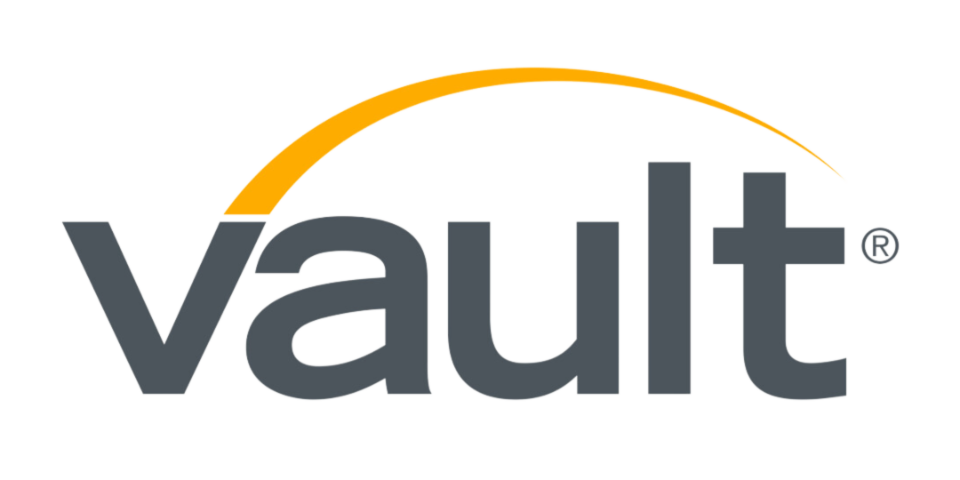Wealth Management Risk Managers
About
Exploring this Job
There are many ways to learn about a career in risk management. One of the easiest ways to do so is by reading books about the field. Here are two suggestions: The Essentials of Risk Management (McGraw-Hill Education, 2014) and Risk Management and Financial Institutions (John Wiley & Sons, 2018).
Some colleges have risk management clubs for business students. Check with your school to see if it has such a club, or at least a business club, that you can join. Consider competing in the Spencer-RIMS Risk Management Challenge (https://www.rims.org/community/students/spencer-rm-challenge), a competition for college students in the U.S. and Canada that will help you to develop your risk management skills.
Nearly every organization—whether it’s a university, wealth management firm, government agency, or a corporation—has risk management protocols in place (many of which are posted online). After reviewing a few of these plans (and the aforementioned RM books), try to create a risk management plan for a school event.
The Job
Developing and maintaining effective risk management (RM) practices is key to the success of any wealth management business. While wealth management partners have used RM strategies since the early days of the industry, more emphasis is being placed on RM due to increasing government regulation and growing competition between WM firms for the investment dollars of high-net-worth individuals. “The wealth management industry is centered on trust,” according to 10 Disruptive Trends in Wealth Management, a report from Deloitte & Touche LLP. “One ‘risk event’ such as a cyber-attack or a major regulatory fine, can destroy that trust, and in turn, the reputation of the institution.”
According to Deloitte & Touche LLP, the most common types of risk in the wealth management industry relate to the following areas:
- trading practices
- compliance
- portfolio management
- regulatory reporting
- information management and security
- middle/back office oversight
- branch supervision
- client on-boarding
Major duties of risk management professionals include:
- designing and implementing an enterprise risk management program to assess and manage risks
- managing the risk management process, including implementing and monitoring stress tests, back-tests, and sensitivity analysis for funds and firm assets
- reviewing, testing, and implementing various risk models and producing model review reports
- developing and monitoring risk information systems and technology infrastructure
- gathering client information to identify, present, and mitigate risks
- working closely with the firm’s chief compliance officer to ensure that regular compliance filings are made to regulatory bodies
- documenting and reporting risk policy issues to the firm’s risk committee
- constantly working to identify new and emerging risks
